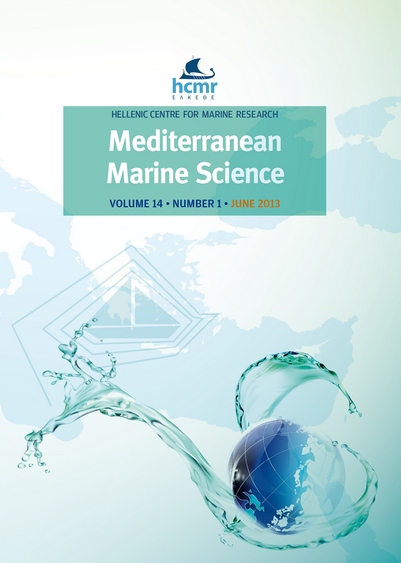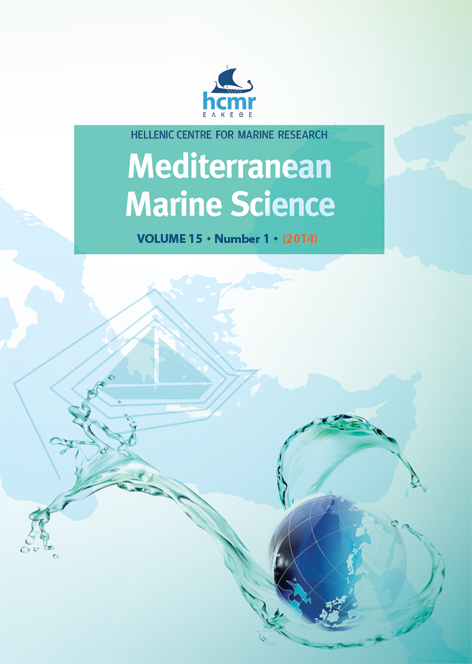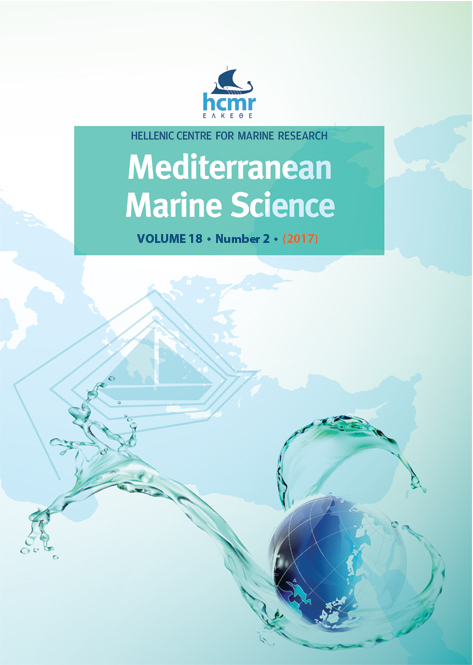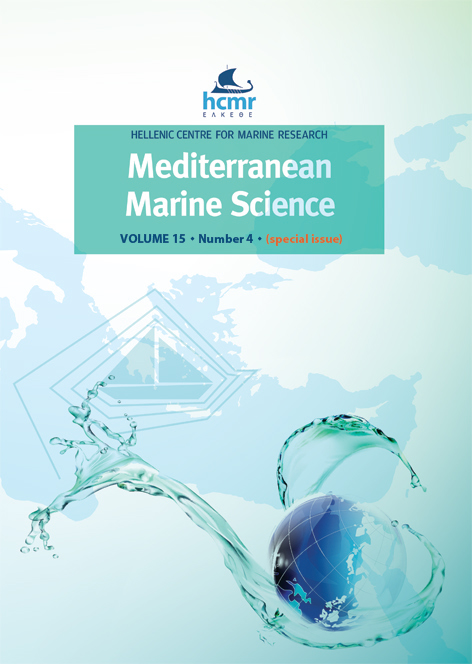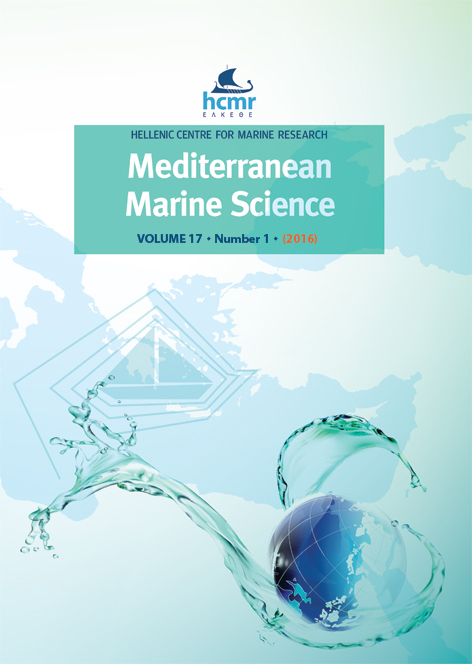Reproductive strategy of common dentex Dentex dentex: management implications
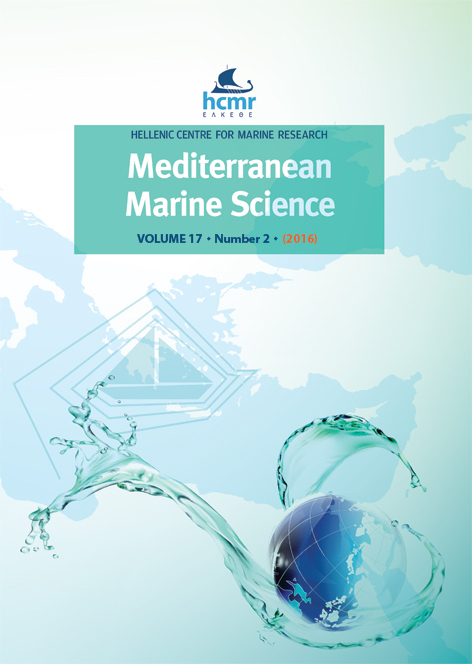
Abstract
Common dentex Dentex dentex is an iconic endangered species in the Mediterranean where is a sought after target species for small-scale, recreational and spearfishing fisheries. The reproductive biology of D. dentex in the natural environment is poorly known; therefore the reproductive strategy of the species was assessed by combining reproductive traits with the growth characteristics (estimated from length-at-age data), the size/age of sexual maturity and the energetic dynamics. A total of 358 wild fish were sampled on Mallorca Island (W Mediterranean) from March 1996 to June 1999 with a 19 to 84.7 cm total length (LT) range. The sex ratio was skewed towards females (1.361) albeit the length composition was not different between sexes (p = 0.551). Three young immature individuals (< 28 cm LT, 0.8% individuals) were rudimentary hermaphrodites supporting the late gonochoristic species classification. The age composition determined from sagitta otolith interpretation ranged from 0 to 26 years (yr). Concerning growth, between sex differences in von Bertalanffy parameters were not relevant, even after accounting for potential between-year differences. The most noticeable difference was found for L∞ (64.7 cm for females versus 61.6 for males) but even in this case, the bayesian credibility interval of between-sex differences included zero. Maturity ogives at size and age showed that females achieved 50% maturity at 34.9 cm LT and 3.3 years, while males did at 33.8 cm LT and 2.5 years. The onset of gonad developing phase took place in December, while it progresses until April. The spawning peak was in April and May for both sexes. A generalized linear model showed that female size didn’t affect significantly the spawning season, whilst there was a strong seasonality in the spawning. Most of the evidences showed that fecundity is likely determinate, with an asynchronous oocyte development before spawning and a clear ovarian bimodal organization after the onset of spawning. Female weight explained 84% of the observed variance for fecundity. The gonadosomatic, hepatosomatic and condition indexes varied significantly with the reproductive season for females and only the gonadosomatic index for males. Storage in muscle seemed to be the primary source of energy for reproduction, although liver appeared to play a short-term role in egg production, suggesting a combination of capital and income breeding. The results indicate that the life history strategy of common dentex possess consist on maturing well before reaching maximum size, investing in growth after maturation, and therefore the reproductive effort is distributed through a longer lifespan and related with the size attained after maturation. At present no management measures are directed to D. dentex; given its life history strategy we suggest that a slot limit should be implemented, i.e. a minimum and a maximum landing size, with a minimum size of 35 cm. The upper threshold, to protect the higher reproductive potential of older and larger fish, should still be defined.
Article Details
- How to Cite
-
GRAU, A., SABORIDO-REY, F., PASTOR, E., PALMER, M., MASSUTÍ-PASCUAL, E., QUETGLAS, A., RIERA, I., & MORALES-NIN, B. (2016). Reproductive strategy of common dentex Dentex dentex: management implications. Mediterranean Marine Science, 17(2), 552–566. https://doi.org/10.12681/mms.1156
- Issue
- Vol. 17 No. 2 (2016)
- Section
- Research Article
Authors who publish with this journal agree to the following terms:
- Authors retain copyright and grant the journal right of first publication with the work simultaneously licensed under a Creative Commons Attribution Non-Commercial License that allows others to share the work with an acknowledgement of the work's authorship and initial publication in this journal.
- Authors are able to enter into separate, additional contractual arrangements for the non-exclusive distribution of the journal's published version of the work (e.g. post it to an institutional repository or publish it in a book), with an acknowledgement of its initial publication in this journal.
- Authors are permitted and encouraged to post their work online (preferably in institutional repositories or on their website) prior to and during the submission process, as it can lead to productive exchanges, as well as earlier and greater citation of published work (See The Effect of Open Access).





